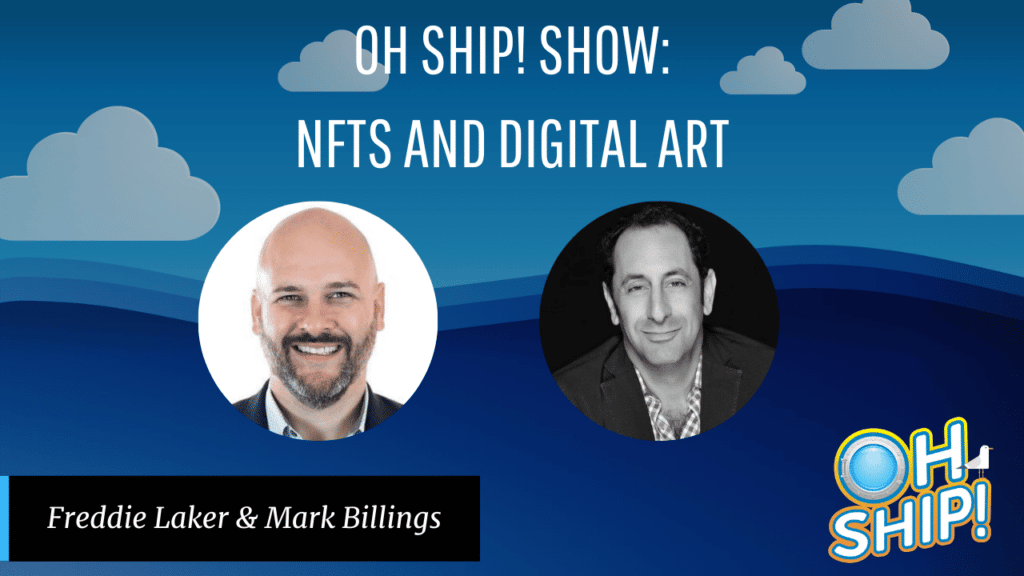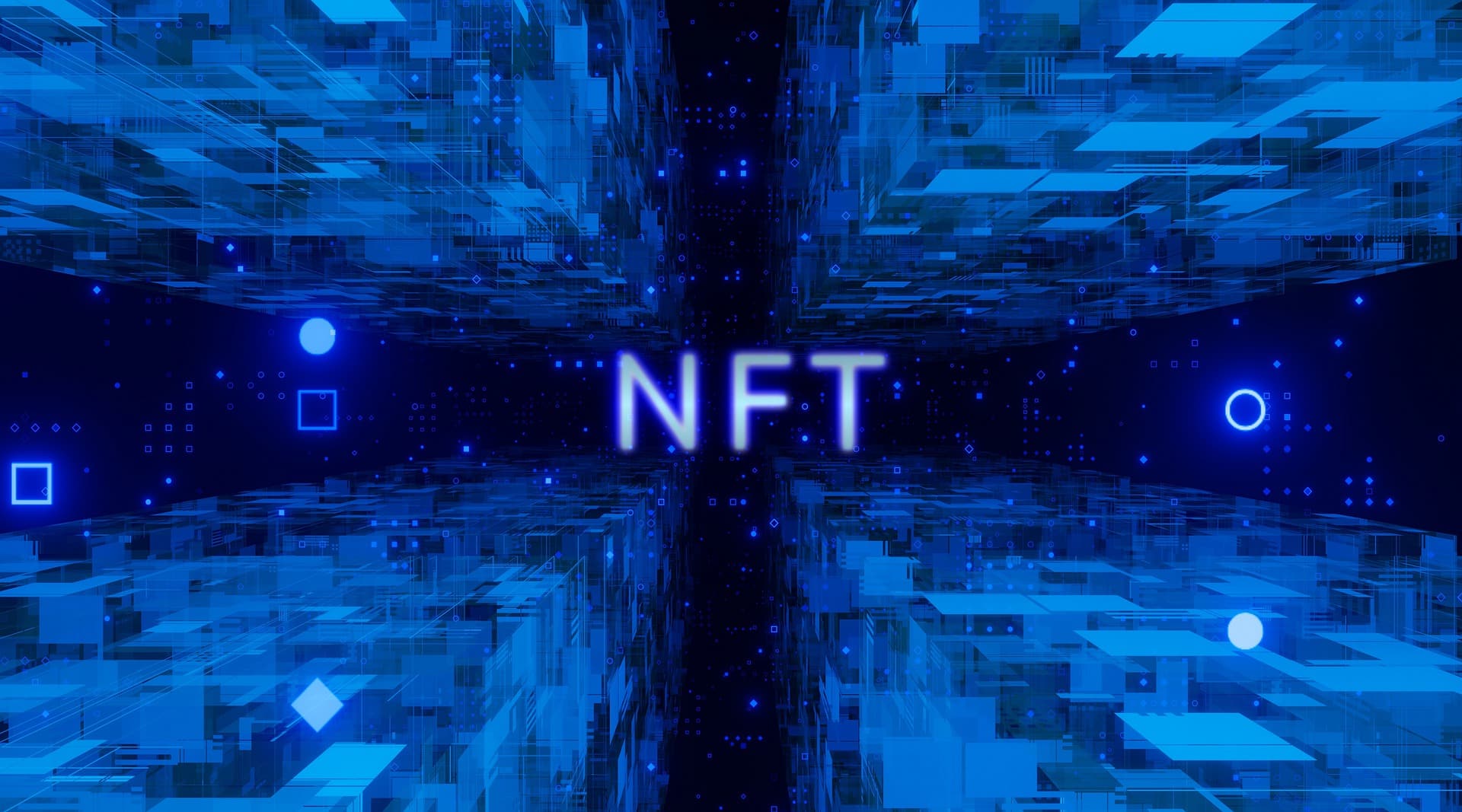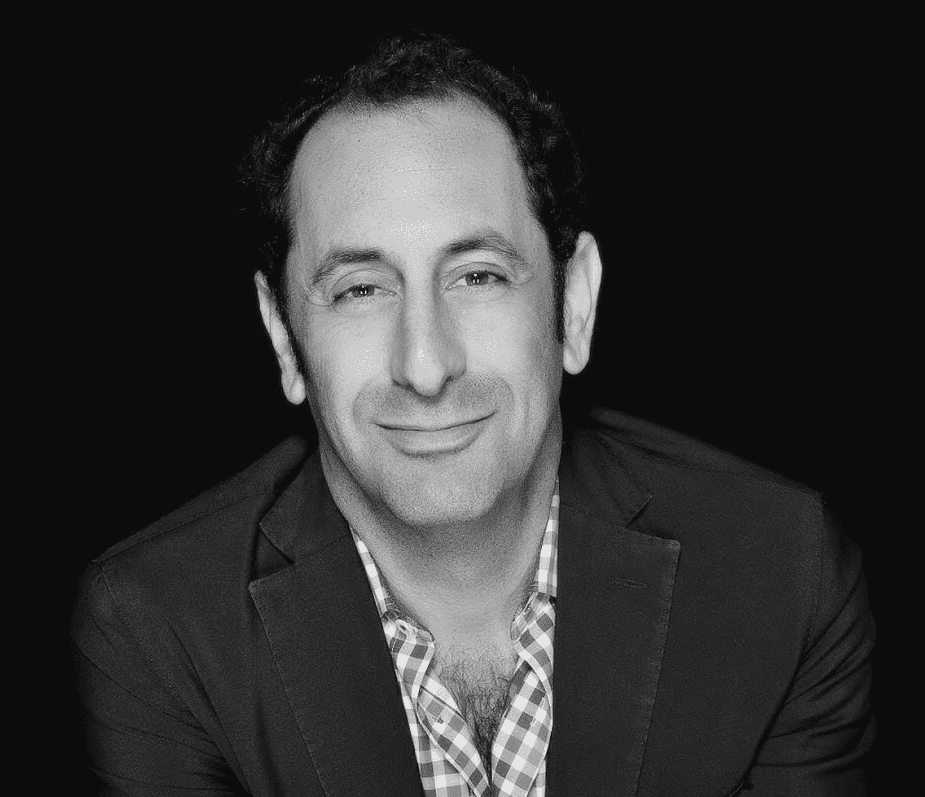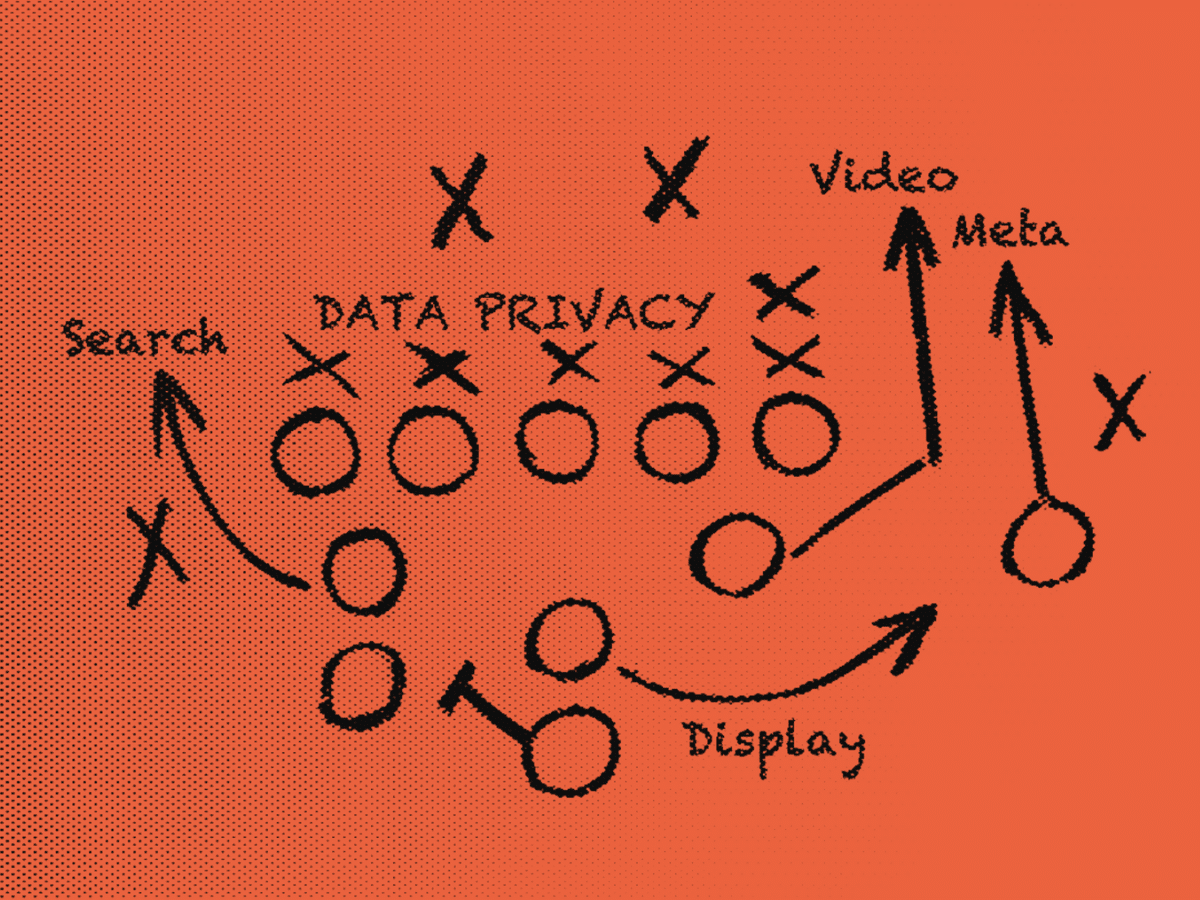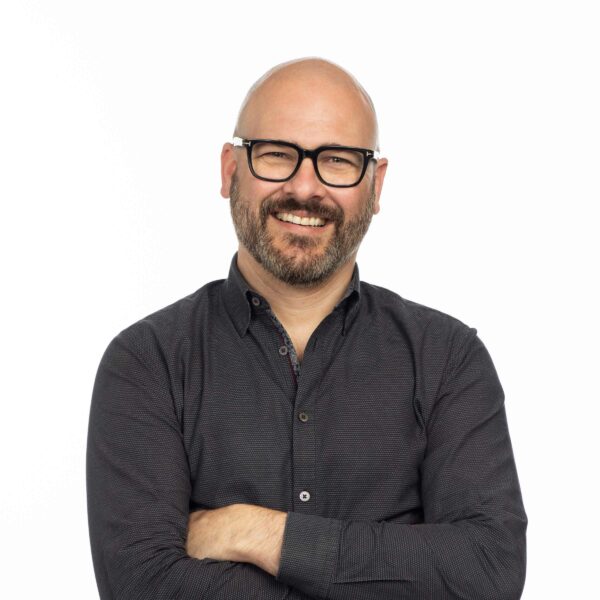Digital media has forever changed the way we do life, from how we buy groceries to how we grow businesses. In recent years, digital technology has also upended another surprising industry—art. Digital art, specifically non-fungible tokens (NFTs), is pushing the boundaries of art commercialization and bringing art collection and creation to the masses.
On a recent episode of the Oh Ship! Show, host Freddie Laker speakers with Blackdove Art Gallery founder, Mark Billings, on the rise of NFTs and the newfound intersection of digital art and technology.
Meet Mark Billings
Freddie met Mark back in 2013 when he founded a boat rental startup. Mark has started several companies during this career, including Blackdove Art Gallery, which opened its doors in 2015. Described as an art gallery for the technology age, Blackdove Art Gallery embodies the future of digital art, including the potential for home art installations.
Mark believes that art is the last frontier of human intellectual property that is not freely democratized to humanity. And for the first time in history, art in a digital form can be accessed by anyone. It’s no longer just a physical object where just one person could own it, and therefore, only one person could see it. NFTs and digital art are transforming the way we acquire and appreciate art, and Mark is on the front lines of this revolution.
Freddie: How does a digital art installation look and function?
Mark’s ongoing business thesis has been to find the parts of life that are inefficient and try to improve them. In this case, Mark realized we all have televisions in our homes. Why not create a channel where you could enjoy art any time you like?
“We did a wonderful installation in a penthouse residence of the Four Seasons in Miami Beach. It’s a seven-screen display that has the ability to change the art on that screen. The owner purchased an original piece from an artist—Rafique Anatole, who is a preeminent artist in the space. We integrated this into his home so that it appears with a touch of a button. It’s so easy you can change the decor and mood of the room. It works incredibly well.”
Users can download an app on their enabled smart TV. Blackdove Art Gallery gives away a free collection of art, and additional pieces can be purchased through the app for just a couple of bucks each.
Freddie: How did you recognize digital art and technology as a business opportunity?
Mark has always had the business philosophy that if it doesn’t exist, build it. Typically, he builds things that benefit him.
“When I started my boat business, I wanted to buy a boat but thought it was a bad idea. I’ve owned boats in the past and experienced what I call ‘two-foot-itis.’ You never feel like your boat is the right boat for you, right? It might feel too big or too small for the exact way you want to use it on a given day. Or you want to go fishing or whatnot, and the boat is never just right. So I created an on-demand platform where you could have any boat in the world immediately.”
Mark applied this same concept to the digital art world. He fell in love with art that spoke to him and constantly wanted more of it. But when he went to buy his first digital work of art, he learned how much it cost—and had lots more questions.
“I thought, ‘That’s a lot of money. Which is fine, but what do I do when I don’t want it on my screen anymore?’ I wanted to be able to click a button and have more art available to me. And, of course, the traditional art industry couldn’t figure this out on any level. So I started Blackdove Art Gallery.”
Freddie: How has the rise of NFTs helped bring awareness to digital art?
The gallery has been going strong for over six years, and the rise of NFTs has been an important inflection point for digital art.
“NFTs are where people started making money trading digital art. I can’t say it’s warming my heart that that’s the reason why the industry is catching fire. But the truth is I don’t really care why the attention is on this right now. It’s not bad publicity. It helped to create meaningful conversation about digital art and whether there’s value in it.”
While the concept of NFTs remains a bit of a mystery to many, Mark believes that, like other art formats, it’s something people need to experience to understand.
“Having spent some time at Art Basel in Miami, I found that experiencing digital art helps to answer questions surrounding the NFT phenomenon. People ask, ‘What’s an NFT,’ and others answer, ‘Well, it’s an NFT.’ With our installations, we use 86-inch displays hung in portrait orientation with big, ornate frames. It’s really important to us to hide the technology and allow the art to be seen. I recently read Pre-Suasion by Robert Cialdini, who talks about warming your audience up. In this case, clients are expecting to see art. So we warm them up by putting a beautiful frame on the digital screen and sticking it in an art gallery. The response was overwhelming, and it was great seeing how excited people were to experience it.”
Freddie: How does digital art revolutionize commercialization for artists?
Determining the value of NFT art has been tricky business, especially since some pieces sell for hundreds of thousands of dollars while others sell for a few dollars, but Mark says it’s largely a matter of opinion and not much else.
“We like to say we’re selling two minutes of happiness. We’re hoping to connect you with another human being in a way that offers a two-minute break from your day, a small amount of insight, an experience that moves you through your day more seamlessly. At the end of the day, the market drives demand, and typically, that market is driven by content quality. Sometimes, the content is not necessarily the most technically sophisticated. But take Rafiq, for exampl, he is by far the most sophisticated algorithmic artist in the world. Over time, he will be understood by the masses, and it will become a masterpiece of the medium.”
Subscribe to the Oh Ship! Show on YouTube and hear the full conversation on NFTs and Digital Art with Mark Billings.

